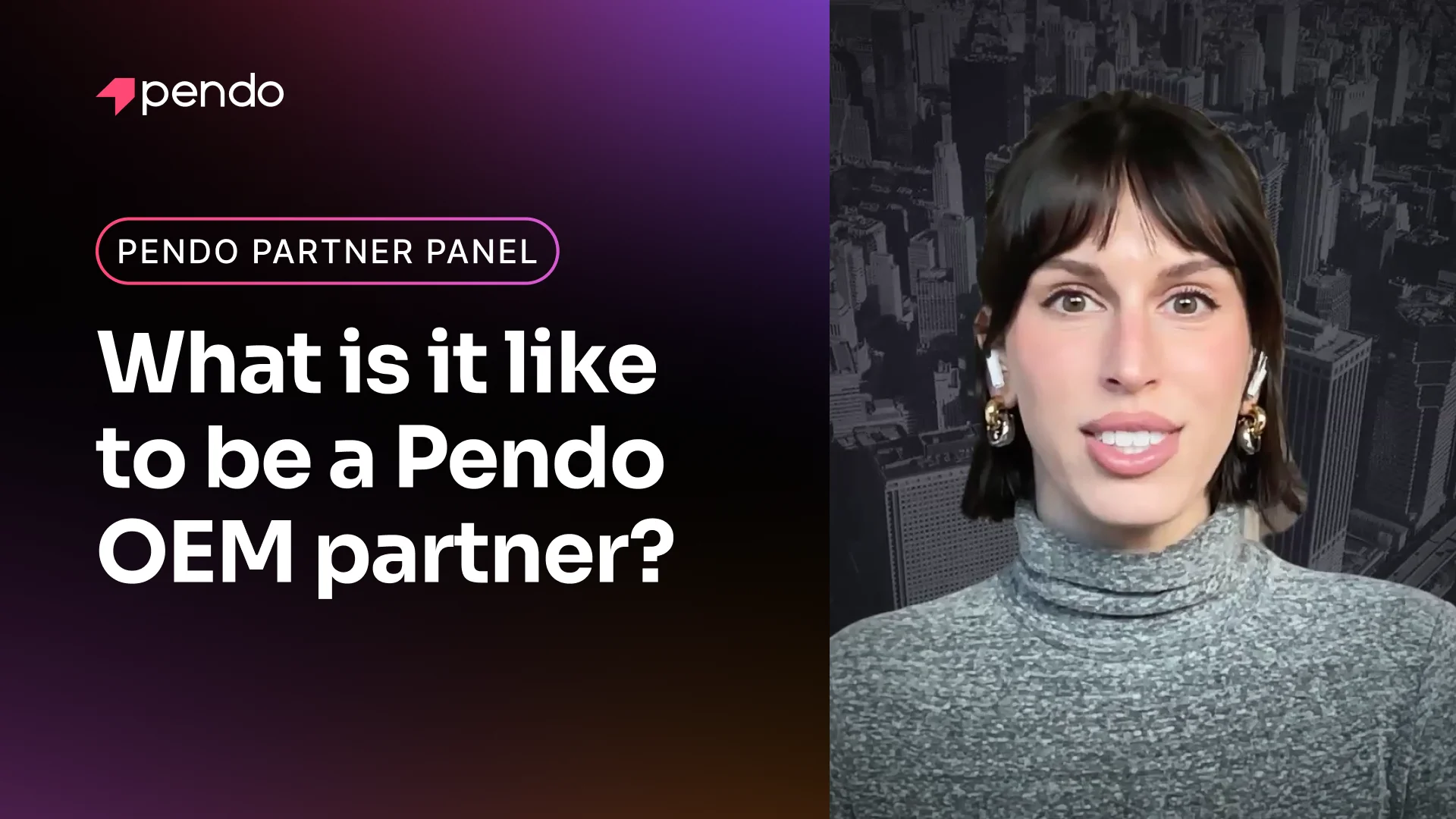OK, maybe that’s a bit of an exaggeration, but there is value in thinking this way. We call our most active guide users ‘ninjas.’ Part of that is the fact that our guide ninjas really understand not only the mechanics of how to build and manage guides, but they also know when they should and should not deploy a guide. We spend a lot of time talking to our customers about best practices for in-app guides as well as managing our own guides within Pendo (as outlined in the Guides Swat Team post I wrote a few months ago). One thing that comes up again and again, is the importance of targeting your guides.
What is Guide Targeting?
Targeting is simply the practice of selecting a specific subset of users to see a guide. Within Pendo this is done with our user segments. Based on your user demographics (role, location, browser, OS, subscription type, etc.), their behavior in your application (features used, time in the application, login frequency, etc.), and their responses to your surveys (or, specifically, their NPS score)–you can define a very specific group of users who will see a guide.
Why Targeting?
Targeting is extremely valuable because it ensures that the message or guidance you’re delivering in your application will be as relevant as possible to the user that sees it. A good example of this can be seen with Act-On Software. They use Pendo’s in-app guides to invite their customers to local meetups. Obviously, those invitations would be of the most value to customers that are in a particular locale. To do this, they segment their users by geography and apply that segment to the guide. This is a fairly simple example, but there are a lot of additional use cases such as:
- Showing a tooltip to explain a feature only to users who haven’t used that particular feature yet
- Adding more help in the application for users who give negative feedback, or have lower satisfaction scores
- Displaying special welcome screens that showcase “what’s new” for users that have long gaps between logins
Conversely, there are risks associated with not targeting guides. No matter how helpful a particular guide is, it is still something that you’re introducing into the user experience. Every additional element in the UX adds to the overall visual clutter and reduces user comprehension. Additional negative/white space can improve user comprehension by as much as 20%. You only want to add elements that are truly necessary and helpful.
In addition, if the message in the guide isn’t relevant to the user, then you are effectively spamming them. More importantly, you’re spamming them in an environment that they’re paying to be in. How could something innocuous like help, or training, be perceived this way? It is–if the user already knows how to perform a task or use a feature in the application. A message or guide always has a specific audience that will be most receptive to it. The challenge to product and success teams is to identify and target that specific audience.
ABT – Always Be Targeting
There’s a pattern that we see, both with our customers and within Pendo when it comes to deploying guides. When someone first starts out, they use the “Everyone” segment option for a guide. Over time, they use that option less and less. Learning more about your users–and the ways that they engage with your product– helps clarify the options for getting more targeted with your guides strategy.
We almost never deploy guides in Pendo that are targeted at “Everyone” even for things like new features and other announcements. Wouldn’t everyone want to know about what’s new? Not necessarily. If today is the first time a user logs into the application, how do they know if something is new or not? They’ve just started out, so everything is new. Knowing whether something is new doesn’t give them any value. Even worse, what if they’ve just logged in for the first time, and get hit with five announcements in succession for the last five features that were pushed out. That scenario actually gives them a rather negative starting experience in the application.
There is almost always an opportunity to be more granular in your guide targeting. As a result, there are more powerful opportunities to make in-app guides more relevant and valuable to your users.
The Power of User Context
Obviously, there is a critical prerequisite to all of these discussions about guide targeting–data. Specifically data about user context–information about who they are, what they’re currently doing in your product, what they’ve done in the past, and how satisfied they are with the experience. The more data you have about a user when they log into your interface, the more ammunition you have to target the guides served to them.
This is why Pendo relies on a strong foundation of product and user data as the basis for our guide functionality. By capturing every event for every user in your application, we build up a large library of user context–one that you can access at any time–to strategically target all guide content that you add to your user experience. As you learn more about your users, you can use your ‘ninja’ guide skills to create in-application help and training that provides maximum value. For an even more in-depth discussion about guides, watch our PendoStories webinar with VTS and see how they engage users with in-app messages.




